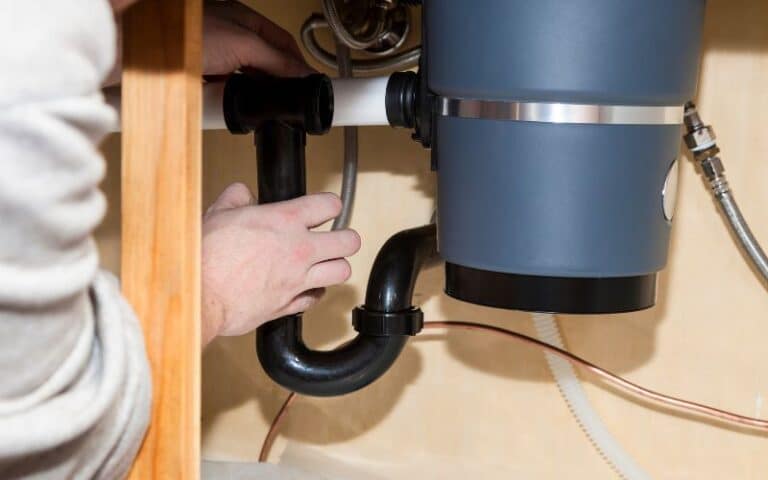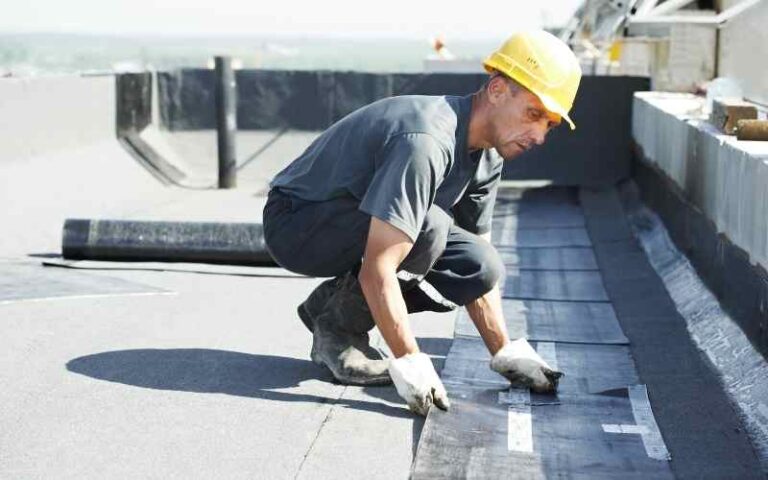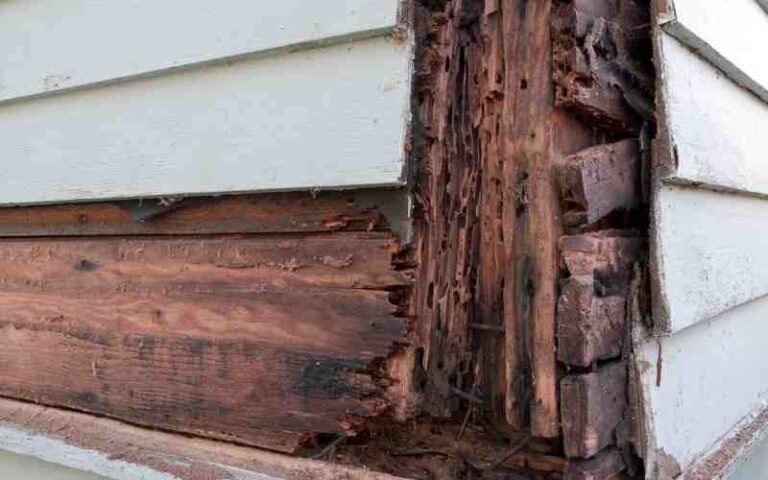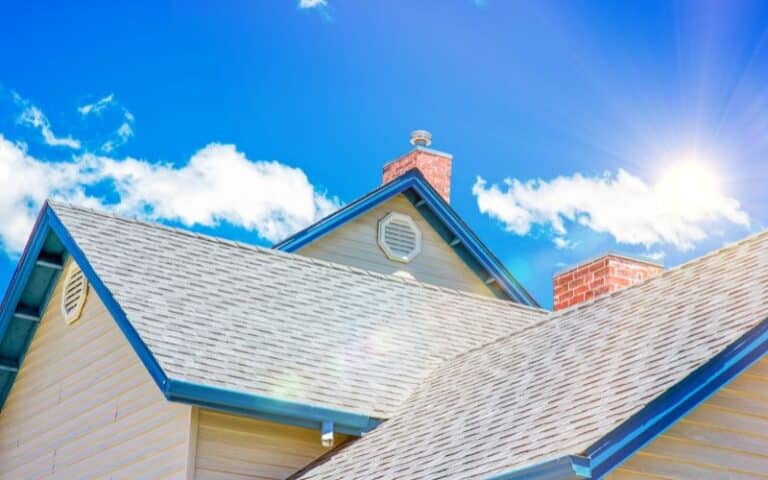I cannot overemphasize the significance of roofing felt on our roofs. They guard the wood decking and act as a secondary protective covering.
Any attempt to misplace any roofing felt underlayment installation process during initial installation or repair could be detrimental. Let’s see if you can put roofing underlayment felt over shingles.
Well, it’s normal to add a finished roof over shingles to prevent tears and eliminate already existing shingles. But roofing felt over shingles isn’t so ideal. And above all, putting the roofing felt over the shingles will require you to lay some protective shingles over the felt. Felt doesn’t need too much exposure to elements.
Ready for a Roofing Quiz?
Can You Put Underlayment Over Shingles?
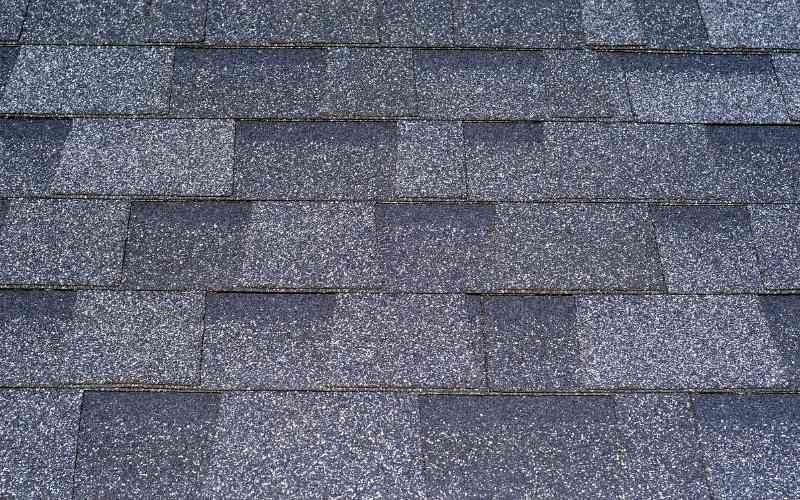
If the cracks or tears on your shingle are unnoticeable or small, consider installing an underlay on the existing shingle. Yes, there’s nothing wrong in doing so.
However, the purpose of underlays over existing shingles is protection. In addition, the underlayment will serve as an effective ice water shield and moisture barrier.
Additionally, it will serve as an added waterproof layer; prevent leaks from the old or worn-out shingle. Leaks from the old shingle can result from wear, crack, or rips.
By and by, new underlays, in most cases, will not efficiently take care of the severe damages to your existing or old shingles.
From what I’ve seen over time, metal roofs over the shingles that are severely damaged are a win.
Install a metal roof over it if you discover severe damage to your existing shingle. National Roofing Contractors offer different options of metal roof installment over existing shingle roofs.
Consequently, if you go for the metal roof installation, I advise you to utilize an ice water shield.
Yes. If you’re looking forward to installing a metal cover and want it to look seamless with your other roofs, you should order ice water shields or shingles.
You should install new shingles on existing shingles.
Place the ice water shield between the metal over the existing shingle and the shingle roof itself. This added layer will prevent corrosion-related issues from direct contact with the metal roof base and the shingle.
Note that this extra ice water shield or underlay is not mandatory. I only suggest it because it serves as secondary protection to the existing shingle.
My only issue is that there’s always this debate on eliminating the existing shingle before laying metal roofs.
Well, in my own opinion, there’s no need to put away the shingle, especially if you’re bringing in the extra ice water shield I recommended.
Note that this opinion is specific to situations of metal roofs over shingles.
The process of taking off the old shingles to put on new ones and installing the metal covering can be stressful. So leave the existing shingles and lay the metal roof.
Before installing metal roofs, cover up any crack or hole on the old shingle. Also, get rid of any debris that can disrupt the process; ensure there’s provision for screws.
The screw will hold the metal in place.
Metal roofs are an excellent alternative for homeowners who need to protect or repair their old shingles. They are durable and withstand harsh weather conditions.
If you wish to install asphalt shingle roofs, ensure to install them properly over the roof to avoid leaks.
Pros And Cons Of Installing Metal Roofs Over Shingles?
Most house owners are now repairing their roof shingles with metal roofs because they’re durable and easy to maintain. Let’s discuss the pros and cons of installing metal roofs on shingles.
Pros
You’ll agree that metal roofs have an expanded lifespan and Long lasting capability. Besides added protection, metal roofs over shingles reduce rips and tears themselves.
They likewise cut down the total cost of labor.
Cons
There exist a few issues relating to metal covering on shingles. The common is probably the absence of an extra underlayment layer or moisture shield.
Especially when you live in regions exposed to windstorms or extreme weather conditions, add an underlayment layer after the shingles.
The added underlayment will function as a protected waterproof layer to the metal covering and the shingle.
Do You Have To Tear Off Old Shingles?
Even though installing new shingles on worn-out ones is acceptable and legal in some places, I don’t support such action.
Always clear off the old shingles cause they may have cracks or holes.
Even some manufacturer warranties disregard reroofing without eliminating the old shingles.
Applying new roofing underlayment felt without getting rid of the old shingles can shorten the lifespan of the new one. Apart from shortening the new felt’s lifespan, you’ll have to spend a lot on damages in the future.
I know you might be somewhat confused because you think you’ll save cost by adding another felt layer or shingle.
But no, let no one deceive you. You may save little cost though you’ll pay much more for repairs later. One annoying thing is that you’ll need to replace all the layers for any impairment in the future.
Not just the layer you added, double stress and cost.
You should eliminate the worn-out or old shingles down to the roofing decking and ascertain everything’s okay.
You should eliminate down to the roofing decking to inspect for rots and molds; see if it needs replacement.
In short, ensure its condition is okay and good.
If eventually, you decide to tear out the old shingle, don’t forget to clean the decking. Ensure it’s dirt-free for the laying of the new felt layers, as the case may be.
In all, tearing off existing shingles is very significant, especially in situations where the damage is severe. If you spot small insignificant holes and cracks on the old shingle, cover them; install the new one.
Contrarily to tiny holes and cracks scenarios, severe damage requires the elimination of the old shingles before installing the new layers.
Can You Roof Over Old Shingles?
You can roof over old shingles and save the stress of getting about two or more shingles or felt layers. The installation of roof shingles over worn-out shingles is more straightforward.
The already existing serves as a guide for installing the new shingle or felt.
The only issue is that it’s not as effective as eliminating the old shingles. Consequently, I’ll not recommend such roofing.
Moreover, the old shingles could be in bad condition (severe wear and tear), and you may not be aware. Ideally, merely clear off the old shingles and then put on new layers.
There’s no doubt that roofing over old shingles offers more convenience and saves time. But you should also know that an additional roof implies an extra weight on the shingles.
The added weight results in pressure upon the decking, making it more prone to risks of unfavorable weather.
Roofing over old shingles could be disadvantageous. You’ll only be making some imperfections that could expand in no time, a lot more invisible.
Summary
Though putting felt over shingles might be a typical practice, I don’t recommend it. If you’re applying felt to your existing shingles, look for a means to cover the felt.
They’re prone to damage. Consider removing the old or existing shingle to be on the safe side.
Afterward, lay or put a new roof or felt layer(s). Make use of a tape measure and claw hammer to aid the process.

